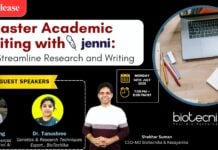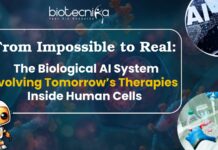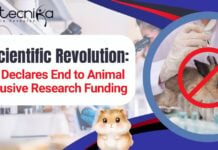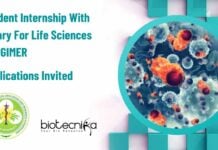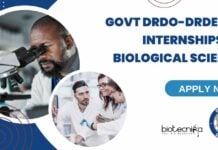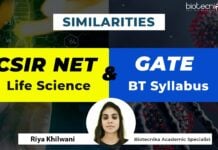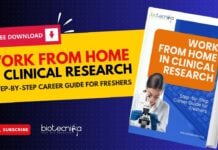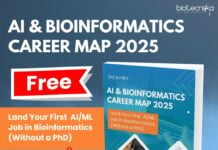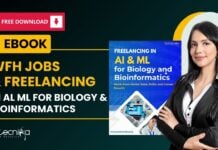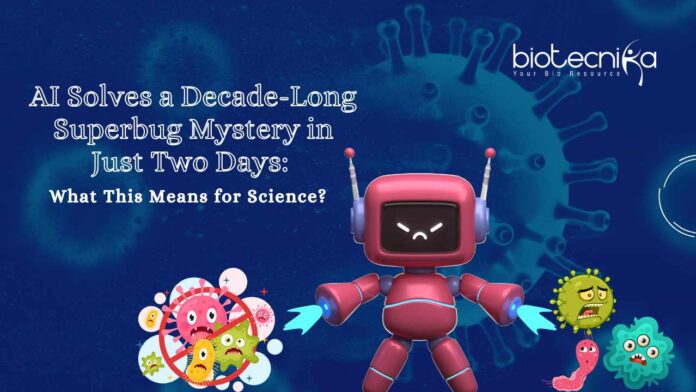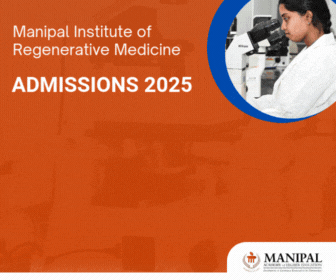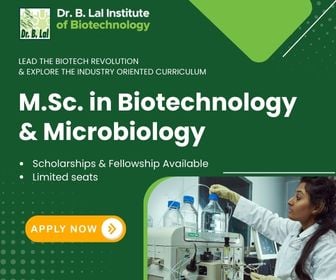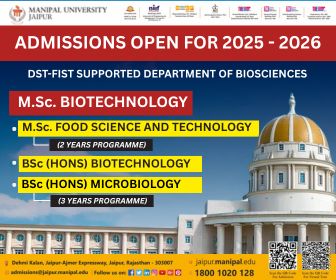AI Solves a Superbug Mystery in Just Two Days: What This Means for Science
In a recent innovative development, Artificial Intelligence (AI) has showcased its ability to reshape the scientific research domain. Microbiologists at Imperial College London took nearly a decade to unravel complicated problems. However, using an AI tool developed by Google, the same issue was solved in just 48 hours. This advancement raises critical questions about the role of AI in science and technology, the future of research, and the ways it can increase and enhance innovations in fields such as medicine and microbiology.
A Decade of Research, Solved in Two Days
Professor José R. Penadés and his team had been working for several years to understand a major global health concern; how bacteria become resistant to Antibiotics. To explore new possibilities, they further decided to test Google’s AI tool, ‘Co-Scientist.’ They were astonished to find that it rea ched the same conclusion they had, eventhough it had no access to their unpublished Research. Even more remarkably, this AI tool was capable of generating multiple plausible hypotheses, such as one that the researchers’ team had not previously considered and are now investigating further.
This breakthrough is not just a Scientific innovation but is a glimpse into the future of Science and Research. Artificial Intlligence tool’s ability to identify patterns could eventually shorten the time required for innovations, as well as process data rapidly, making science more efficient! However, it also raises numerous questions about how AI can be incorporated into Scientific work without reducing human expertise, as well as the evolving role of human Researchers.
AI Solves a Superbug Mystery in Just Two Days
How AI Came to the Same Conclusion as Scientists
The problem at the heart of this research is antimicrobial resistance (AMR), a growing threat to global health. Bacteria that have developed resistance to antibiotics—are known as Superbugs. They are becoming increasingly difficult to treat, leading to higher mortality rates and prolonged infections. Researchers all across the globe are working to understand how these bacteria are acquiring resistance and how they are spreading between species.
At Imperial College London, Professor Penadés and his team spent years investigating the mechanisms behind this phenomenon. Their hypothesis suggested that superbugs could form “tails” from different viruses, allowing them to move between species, much like a key fitting into multiple locks. This theory was not published or shared outside their team, making it an ideal test case for Google’s AI tool.
When Penadés input a short prompt describing the problem into the AI system, the results were astonishing. In just 48 hours, the AI proposed multiple possible explanations, with its top hypothesis mirroring the same conclusion the team had reached after years of research. Not only that, but it also suggested four additional hypotheses, one of which was entirely new to the researchers and is now being explored further.
The implications of this discovery are enormous. Had the team been able to generate this hypothesis at the beginning of their research, they could have saved years of work. This demonstrates how AI can be used as a tool to accelerate scientific discovery, allowing researchers to focus on testing and validating ideas rather than spending years formulating them from scratch.
AI’s Ability to Generate Insights
AI systems such as Google’s “co-scientist” operate by processing massive amounts of data, investigating and detecting patterns, and generating predictions. However, what made this case particularly fascinating was that the AI reached a valid conclusion despite not having access to any unpublished research in association with it.
Professor Penadés was initially surprised by the results that he suspected Google might have had access to his computer. “I was shopping with somebody, I said, ‘Please leave me alone for an hour, I need to digest this thing,'” he told BBC Radio Four. He even emailed Google to ask whether the company had accessed his private research, but they confirmed they had not.
This implies that AI was in a position to deduce the correct answer by virtue of its data analysis capabilities. While AI models are often trained using vast amounts of publicly available scientific literature, this case suggests they can also generate novel insights without direct exposure to specific unpublished findings.
Researchers working on this project, had a mixed realization it was both thrilling and unsettling at the same time. It showcased the incredible potential of AI in scientific research, but it also caused them to wonder if traditional research methods would have to be altered in response to these new technological advances.
Implications for the Future of Scientific Research
The use of AI in research is not new, but this event highlights just how powerful it has become. AI is increasingly being used in fields ranging from drug discovery to climate science, where its ability to analyze data at unprecedented speeds can help scientists uncover new insights.
However, AI’s involvement in research is not without challenges. While it can generate hypotheses quickly, human scientists must still test and validate these ideas. AI lacks the capability to conduct physical experiments, and its conclusions must be carefully examined to ensure they are accurate and reliable.
Professor Penadés acknowledged that many scientists may initially worry about AI replacing human researchers, but he sees it as a tool to enhance, rather than replace, scientific work. “I feel this will change science, definitely,” he said. “I’m in front of something that is spectacular, and I’m very happy to be part of that.”
The ability of AI to rapidly generate hypotheses could significantly accelerate research in many fields. For example:
- In medicine, AI could help identify potential treatments for diseases more quickly than traditional methods.
- In environmental science, it could help predict climate trends or analyze complex ecosystems. The key will be finding the right balance between AI-driven insights and human expertise.
AI and Human Expertise in Science
Although AI shows great promise, ethical and practical concerns are emerging. For instance, how do we ensure that AI-driven research is always correct? What role should human intuition and creativity play during scientific discovery? What is the correct way to integrate AI into research without undervaluing the role played by scientists?
Another lingering concern involves the “black box” issue; AI models tend to produce results without explaining the process used to obtain those results. Hence, researchers may find it troublesome to comprehend the reasoning behind AI-made hypotheses, so some may recognize a certain skepticism or hesitance when trusting its findings. A scientist ought, however, to remain a critical thinker and regard AI as a guide instead of accepting its results by faith.
There is also the issue of accessibility. Most advanced AI tools are usually developed and maintained by big tech companies, such as Google. This causes unease regarding who should get access to these mighty tools and resources. Should AI prove paramount for scientific research, it becomes vital to ensure justice is supported, with everybody getting equal access to such tools, to prevent breakthroughs from being adopted only by significantly funded institutions.
Another question is about intellectual contribution: if an AI system presents a hypothesis that eventually leads to an important discovery, who gets credit? Should AI be considered a “co-author” of scientific papers? These are questions that the scientific community will have to deal with as AI becomes more embedded in research.
AI as Partner in Discovery
This case is a complete turnaround in the long-standing superbug mystery solved by Google’s AI in 48 hours, which marks a hallmark achievement in scientific research. AI fastens the pace of discovery. It is cause for enhancement in science, which opens the doors for applications that may have taken years to realize.
Nonetheless, this development does not imply the end of human-led research. Instead, AI should be perceived as a powerful tool aiding traditional research. While AI might provide hypotheses and listen to immense data at blinding speeds, human intuition, creativity, and critical thinking still hold prime importance in validating and implementing those inferences.
As AI continues to grow, the scientific community will then have to adjust itself accordingly to the integration of AI into research or due regard given to long-stood ancient paradigms of rigorous scientific inquiry. The future of discovery is bound to be characterized by strong collaboration between human scientists and AI systems, unraveling new knowledge to solve some of the world’s challenges.
For now, Professor Penadés, his team, and, indeed, whole medicine research have a novel perspective on their research lit by AI. But the repercussions of this advance will definitely extend into the future as it determines science in ways lost to us.
AI Solves a Superbug Mystery in Just Two Days

